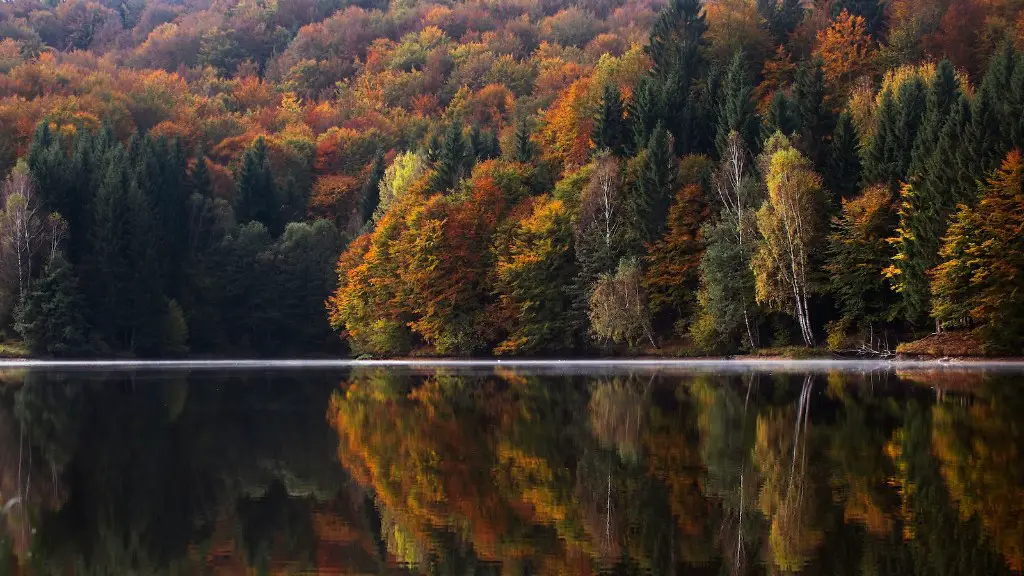Introduction
The Mississippi River Delta is a complex system of landforms stretching from southwestern Louisiana to the Gulf of Mexico. It is an iconic landscape of great beauty and ecological importance, home to an abundance of plant and animal life. But how did this fascinating landscape form? In this article, we will explore the history and processes that shaped the Mississippi River Delta, discussing the geology, climate, and human activities that have had an impact on its formation.
Geological Formation
The Mississippi River Delta began to form over 2000 years ago, as the Mississippi River slowly made its way to the Gulf of Mexico. Around 2000 years ago, the river was blocked by sediment deposits near Vicksburg, diverting the river’s flow southward. This created a wide, shallow estuary at the mouth of the Mississippi. The constantly shifting boundaries of the estuary formed deltaic ridges and channels, which led to the formation of mudflats, marshes, grassy flats, and swamps. Over time, sediment built up on these muddy surfaces and began to form what is today the Mississippi River Delta.
Climate and Sea Level
Climate plays a significant role in the ongoing formation of the Mississippi River Delta. Periods of wetter and drier climate have facilitated the accumulation of sediments, allowing for new land to form in the delta. Changes in sea level over the years have also had an effect on the delta’s development. For instance, higher sea levels during periods of wetter climate would have enabled more sediment to be transferred, leading to the formation of new lands. Expanded land surfaces, in turn, would have allowed more sediment to be carried and accumulated, further contributing to the delta’s expansion.
Human Activity
Humans have also had an impact on the formation of the Mississippi River Delta. Over the years, humans have diverted the river’s flow, leading to the loss of deltaic lands. Engineering projects, such as the containment of the river’s flow, have been undertaken to prevent the river from expanding southward and eroding existing land. In addition, dredging and the building of levees have led to the loss of sediment, which in turn reduced the amount of sediment available for new landforms.
Effects of Climate Change
Climate change has had a dramatic effect on the Mississippi River Delta over the last century. Rising sea levels have caused more land in the delta to be submerged. In addition, more intense storms, floods, and droughts have caused increased erosion and land loss. Weaknesses due to subsidence have further contributed to the delta’s shrinking size.
Conservation Efforts
The degradation of the Mississippi River Delta has been of great concern to many in recent years. Several conservation initiatives have been undertaken to protect the delta, such as the Mississippi River Delta Restoration Program. The program seeks to reduce the sedimentation rate and manage the landmore sustainably, with the aim of stemming the delta’s land loss.
Wetland Regeneration
In addition to conservation efforts, wetland regeneration projects are being conducted to restore the Mississippi River Delta. These projects are focused on restoring wetlands, building oyster reefs, and constructing artificial habitats for fish and wildlife. These initiatives aim to improve water quality, reduce flooding, and create new habitat for marsh-dwelling species in the delta.
Conclusion
In conclusion, it is clear that the Mississippi River Delta is a complex landscape whose formation depends on a variety of factors, such as geology, climate, sea level, and human activities. The ongoing effects of climate change, however, are of particular concern, as they are causing further land loss in the delta. While conservation and restoration efforts are being undertaken, there is still much work to be done to preserve this unique landscape for future generations.


